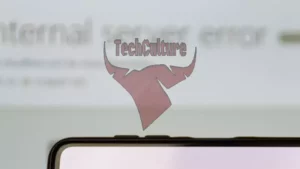AI-Generated Image Sparks Controversy Among Pro-Trump Influencers
In a recent incident highlighting the growing challenge of AI-generated content in political discourse, several pro-Trump influencers, including Laura Loomer, shared a fabricated image purportedly depicting a young girl in distress following Hurricane Helene. The image, which gained significant traction on right-wing internet platforms, has raised concerns about the spread of misinformation during real humanitarian crises.
The AI-generated image features a young girl on a canoe with a puppy, appearing distressed. It began circulating widely on Wednesday, with conservative writer Robert “Buzz” Patterson sharing it alongside a misleading caption. Loomer subsequently shared the image, expressing sympathy without questioning its authenticity.
Upon closer examination, the image displays clear signs of artificial generation. A cropped version reveals unnatural features, including smoothed facial features and a distorted background. The full image exhibits even more obvious AI indicators, such as oddly shaped fingers.
The incident underscores the prevalence of AI-generated content online and its potential for politicization and radicalization of audiences, whether intentional or not. It reflects a fractured information ecosystem where such content can quickly spread unchecked.
In a related development, another right-wing user linked the image to political commentary on government spending, creating a misleading narrative about Vice President Kamala Harris and disaster response funding. This instance exemplifies how MAGA figures may use AI-generated content to support their narratives.
The sharing of this fake image has led to embarrassment for the pundits involved and criticism from those who argue it detracts from meaningful aid efforts during a real humanitarian crisis in Appalachia. Critics contend that such misinformation undermines genuine disaster relief initiatives.
This incident is part of a broader trend of AI-generated content infiltrating political discourse, often used to reinforce existing narratives rather than depict reality. It raises significant concerns about media literacy and the ongoing challenge of combating fake news in the digital age.
As AI technology continues to advance, the ability to discern between real and artificially generated content becomes increasingly crucial for maintaining the integrity of public discourse and ensuring accurate information dissemination during critical events.





